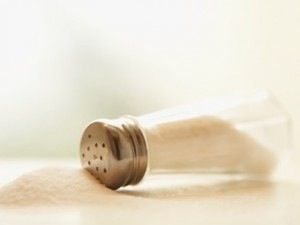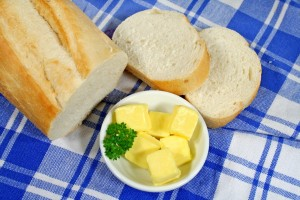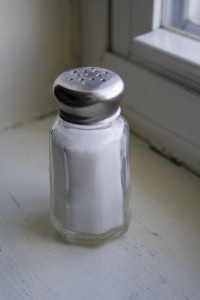 According to the Centers for Disease Control, most foodborne illnesses are preventable. Here’s some information from their newest report:
According to the Centers for Disease Control, most foodborne illnesses are preventable. Here’s some information from their newest report:
1,034 foodborne disease outbreaks were reported resulting in:
- 23,152 illnesses
- 1,276 hospitalizations
- 22 deaths
In outbreaks where the cause was confirmed, norovirus and salmonella continue to be the causes of the largest number of outbreaks and illnesses.
In outbreaks linked to food in which all ingredients belong to a single food group, these foods were responsible for the biggest number of outbreaks:
- beef
- poultry
- fish
The food groups responsible for the biggest number of outbreak-associated sicknesses were:
- fruits and nuts
- vine vegetables
- beef
Foodborne illnesses come not just from “bad” meat, fish, eggs, and dairy. Be alert to spoiled or contaminated fruit, nuts, and vegetables, too.



